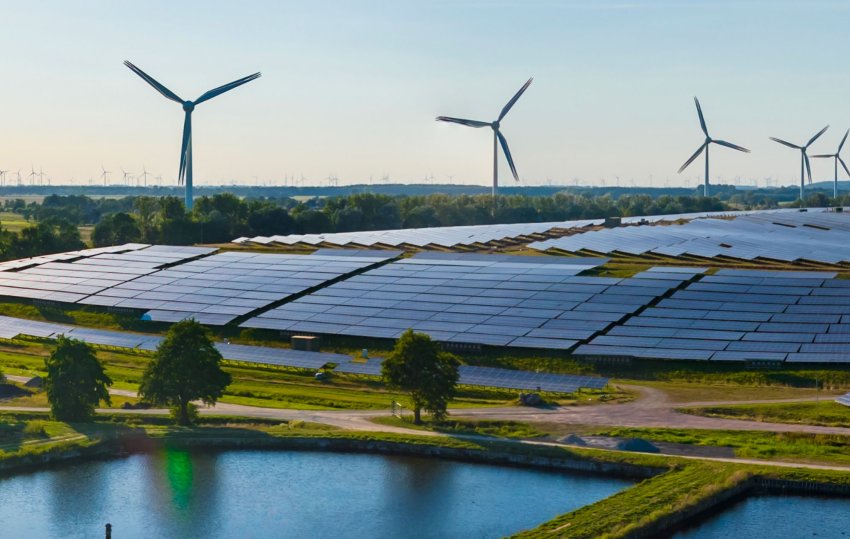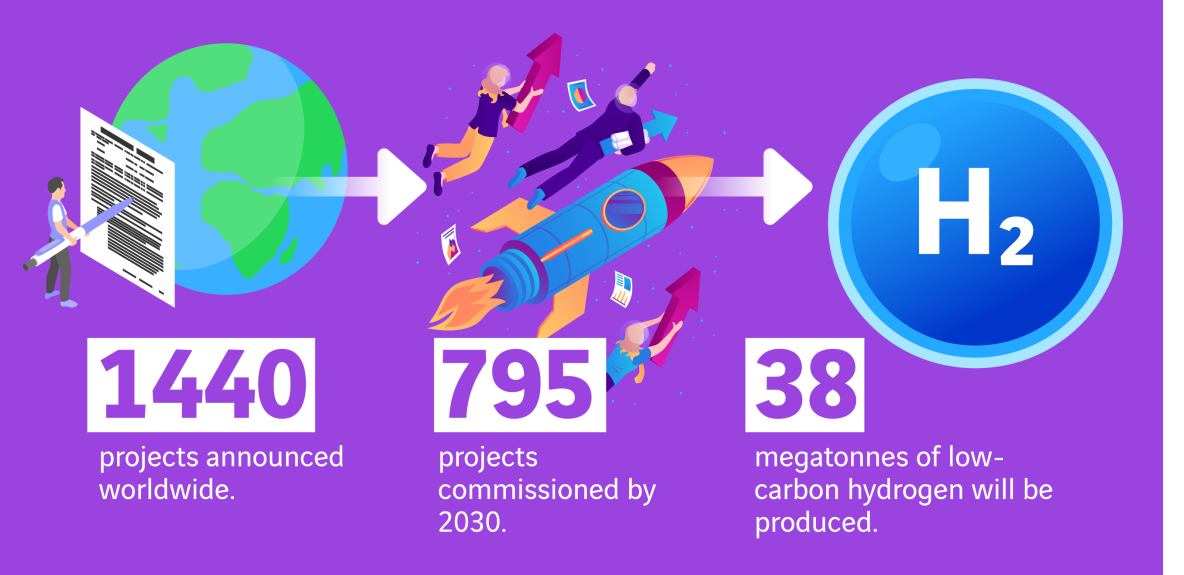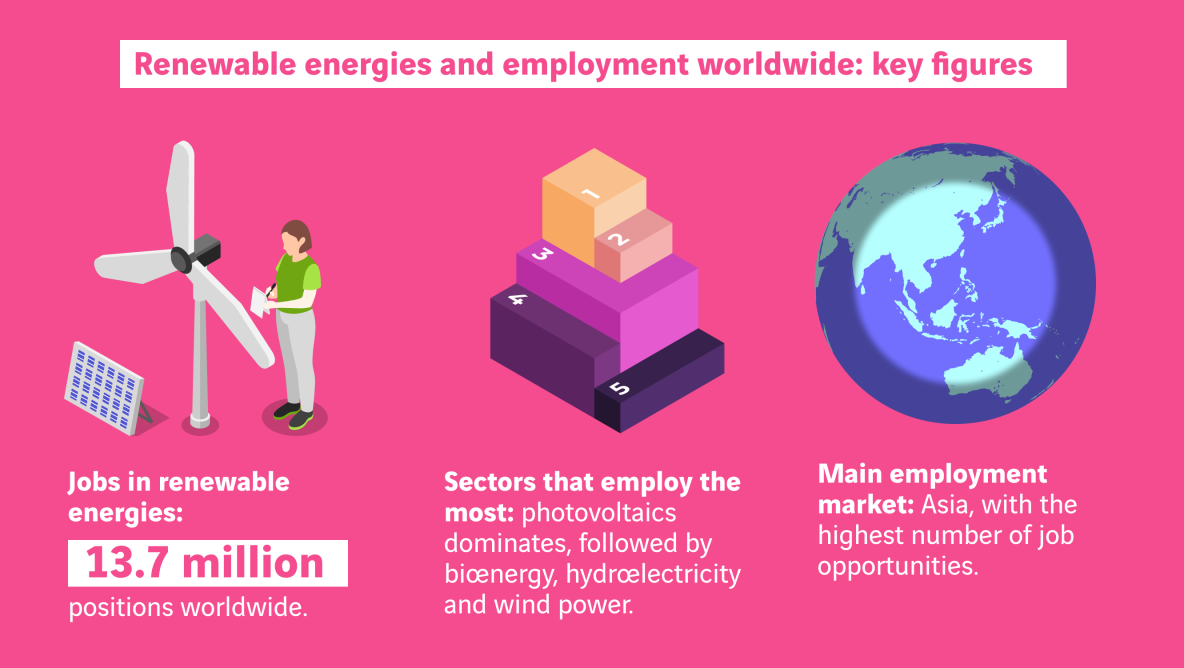
Looking back on 2023: 5 key figures from the construction, energy and mobility sectors
Goodbye 2023, welcome 2024. As we begin a new year, what can we take away from the past one? Discover some of the figures and trends that have marked the construction, public works, energy and mobility sectors.
France passes the 100,000 mark for apprenticeships in construction sector!
The building and public works sector accounts for almost a quarter of all apprenticeships in France! According to a survey carried out by the CCCA-BTP, the number of apprentices in the sector has risen by 4.7% compared with the previous year. More than half of all apprentices in the building and civil engineering sector (57%) are preparing for CAP-level training, and 1 in 5 is preparing for higher education. In France, the proportion of apprenticeships in the building and civil engineering sector has been rising for several years, supported by government incentives and a growing range of training courses.
Across the Channel, the trend is similar. The number of apprentices starting a career in construction in the UK rose this year for the first time in six years. In the United States, the data also confirms the importance of apprenticeships as a lever for attracting talent to the construction sector, with the number of apprentices there recently jumping by 72% in just eight years.
Translated with DeepL.com (free version)
Sources : Le moniteur; apprenticeship.gov; Construction news
1,040 projects representing $320 billion of investment in hydrogen!
More than 1,040 hydrogen projects have been announced around the world, 795 of which are scheduled to come on stream by 2030. By that time, and if projects progress at the expected rate, it would be possible to produce 38 megatonnes of low-carbon hydrogen per year, compared with just one at present.
Source : Hydrogen council
13.7 million jobs linked to renewable energies worldwide!
In its report produced jointly with the International Labour Organisation, the IRENA (International Renewable Energy Agency) counts 13.7 million jobs linked to renewable energies. That's one million more than the previous year. In ten years, the number of jobs linked to renewable energies has almost doubled. The solar photovoltaic sector accounts for the largest number of employees, with almost five million, followed by bioenergy, hydroelectricity and wind power. Asia is the main area of employment in renewable energies, accounting for almost two-thirds of the sector's workers.
Source : IRENA
In France, 8 out of 10 drivers are alone in their car in the morning!
In 2023, VINCI Autoroutes unveiled the results of the 4th barometer of solo car driving. Although the trend is improving slightly, many drivers still make their daily home-work journeys alone in their car. In the morning rush hour in French cities, 83% of drivers drive alone, just 1.7% fewer than the previous year.
As of data from the rest of the world, we can note that American workers also mostly drive alone to work: 76.4% of them drove alone in 2017, compared with 68.7% in 2022. This downward trend can be explained by a number of factors (increase in remote working, use of public transport or car-sharing), but it confirms a global trend in developed countries towards the predominance of the car as a means of transport to work.

More than 100 research projects on electric or hybrid aircraft propulsion!
The aviation sector currently accounts for 2% of global man-made CO2 emissions. To reduce its carbon impact at a time when air traffic is returning to pre-pandemic levels, it is essential to take action, from the airport to the aircraft. With regard to aircraft, research projects on electric and hybrid propulsion and on biofuels - which currently account for only 0.1% of fuel consumption - will enable the development of new generations of aircraft for which airport infrastructures must already be adapted.
Source : FNAM

Most viewed
Explore more
Words from researchers: let's fight stereotypes!
Charlotte, a research fellow at École des Mines, and Erwan, a university professor and researcher at AgroParisTech, talk…
Fondation VINCI pour la Cité: opening the door to others is another way of reaching out!
With some 1.3 million organisations and 2 million employees, France can lay claim to a dynamic network of associations…
Sea water desalination: a solution for turning the tide on the water scarcity crisis?
As water shortages continue causing havoc in a growing number of regions around the world, an age-old idea is experiencing a…





